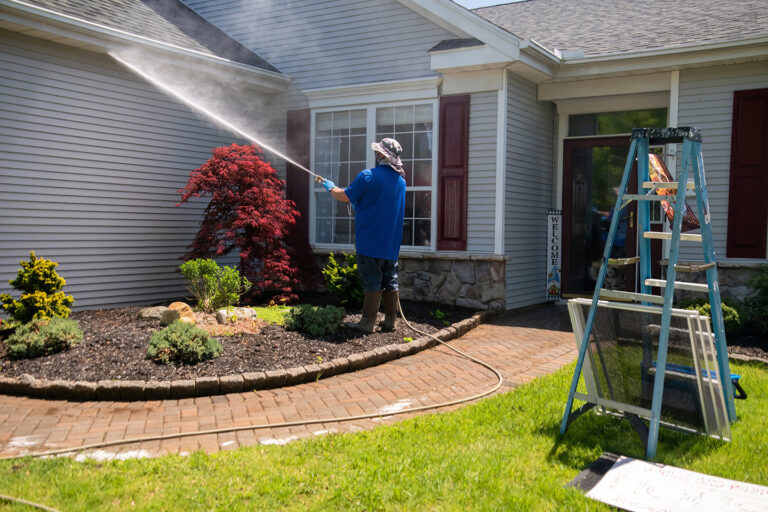Brick and stone exteriors lend homes durability and timeless appeal, but they still need regular care to stay sound and attractive. Seasonal maintenance—performed in spring and fall—helps catch small issues before they escalate into costly structural problems. This checklist walks you through preventive tasks that protect foundations, walls, and chimneys year-round.
1. Spring Inspection After Freeze-Thaw Cycles
Winter freeze-thaw cycles create hidden stresses in mortar joints and brick faces. As soon as the weather warms, walk the perimeter of your home to look for:
- Hairline cracks along mortar joints or through individual bricks.
- Efflorescence—a white, powdery deposit signaling moisture migration.
- Loose or flaking (spalled) bricks on walls exposed to driving winds.
If you discover early signs of deterioration, contacting an experienced toronto masonry contractor ensures proper assessment and prompt repairs.
2. Mid-Summer Moisture Management
Heavy summer rain can expose weaknesses in waterproofing. Check that downspouts discharge at least two metres from the foundation, and ensure the ground slopes away from the walls. Remove ivy or vines that can trap moisture and hide developing cracks.
Summer is also ideal for small repointing jobs because mortar cures best in warm, dry weather. While fine cracks can be sealed with flexible joint compound, wider gaps may require full tuckpointing—especially around chimneys. Professional chimney tuckpointing prevents leaks, improves draft, and adds decades of service life to the flue.
3. Fall Preparation Before Freezing Temperatures Return
Autumn is the time to seal, clean, and protect masonry before winter’s freeze-thaw stress returns:
- Wash walls gently with a low-pressure hose or soft brush to remove moss and dirt.
- Apply breathable, silane-based water-repellent coatings to exposed brickwork.
- Inspect foundation parging for cracks or bulges; repair damaged areas promptly.
Foundation Focus
Cracks at grade level allow water to collect behind walls, leading to frost heave and interior leaks. A fresh, properly bonded parging coat covers hairline flaws, sheds water, and offers a clean finish—enhancing both durability and curb appeal.
4. Documenting Your Masonry’s Health
Keep a simple log of each inspection: date, findings, photos, and any repairs completed. Over time, this record helps you spot patterns—such as a recurring crack that widens each spring—and plan larger projects proactively.
Conclusion: Proactive Care Pays Off
A systematic, seasonal approach keeps masonry performing at its best while preserving its classic beauty. Small cracks sealed in spring, tuckpointing completed in summer, and protective coatings applied in fall combine to prevent most major failures.
If your inspection reveals issues beyond DIY repairs, GTA Masonry offers professional parging services and a full range of masonry solutions to keep your home solid for generations.


